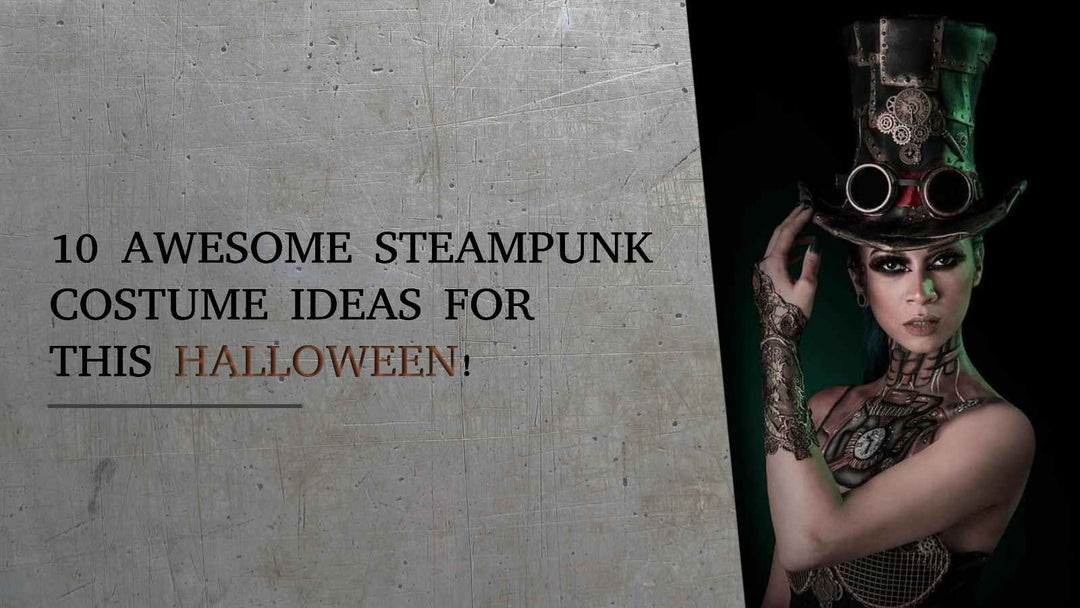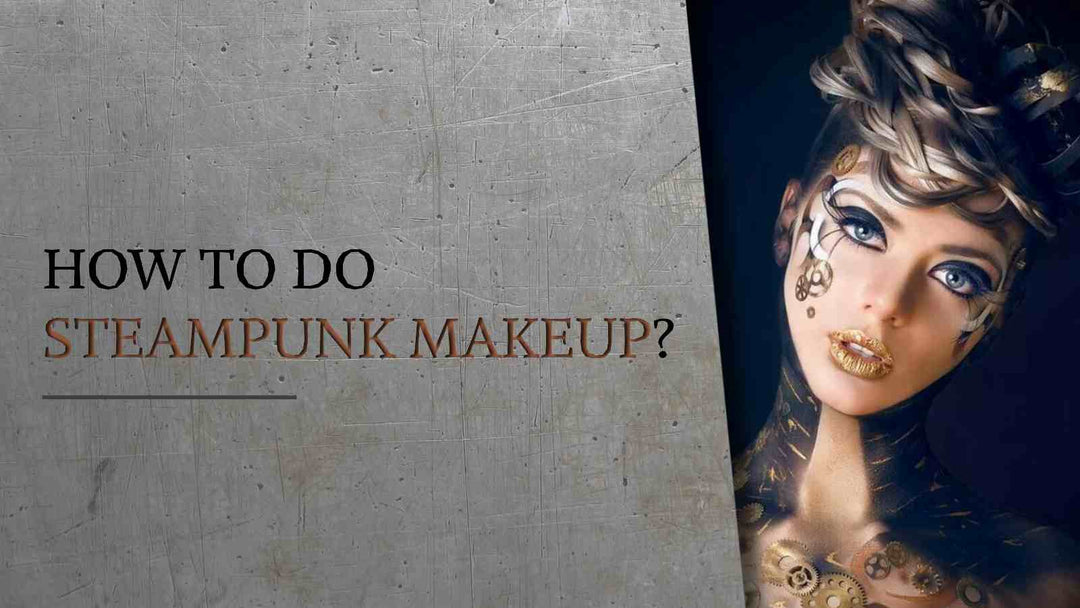What is Retro-Futurism?
An introduction to retro-futurism

Robots, on the other hand, are becoming more and more sophisticated. Boston Dynamics is proof of this as their robots can now dance, jump and climb, but they also look nothing like the robots in Star Wars. Indeed, the differences between the past and the present reality are astonishing, especially since they sometimes have some similarities. To better understand what is going on, let's dive headfirst into the universe of retro-futurism!
What is retro-futurism?

Today, the retro-futurist trend is no longer truly inspired by the future, but by the vision of the future that we had in the 60s and 70s.
Retro-futuristic inspirations

In the imagination of artists, we find a radically different architecture with cities sometimes covered with domes, sometimes flying, sometimes transportable or underwater. The design of the houses is inspired by rockets or flying saucers. Fashion, music, cars, and decoration are also marked by retro-futurism.
This style also allows realizing the concerns of the time. For example, in Soylent Green, Richard Fletcher raises the issue of overpopulation following the post-war baby boom (which was not a problem at the time).
It is also inspired by prophecies. In Terry Gilliam's Army of the Twelve Monkeys, we find the prophecy of the pandemic (the main character must go back in time to find the origin of the virus that has decimated a large part of the population). Wouldn't this prophecy becoming true?
Retro-futurism also takes its inspiration from universal themes with which we can make parallels with our current time, like the consumer society, which is more and more important. "Universality" is the keyword of this style; it must be able to speak to all times.
The sub-genres of retro-futurism
Retrofuturism is subdivided into several genres that we will describe below:
Cyberpunk

Cyberpunk has become very popular lately with the recent release of the game Cyberpunk 2077. This futuristic style is often framed in a post-apocalyptic or dystopian world. Computer network hacking and outlaw confrontations are usually the main focus of the cyberpunk genre.
Steampunk

As the name suggests, the Steampunk genre is a retro-futuristic style based on steam-powered technologies. In other words, you can imagine the World War I era, but with steam-powered technological inventions. Examples are the classic animated films Castle in the Sky or Nausicaa, which use many retro props and machines without electricity.
Don't hesitate to also check out our article on incredible retro-futuristic inventions inspired by Steampunk.
Dieselpunk

The dieselpunk genre is similar to steampunk. However, this one uses machines and robots that use diesel to function. This style is often very dark and polluted, representing a human dystopia in which we abandon green energy entirely.
Atompunk

Completely opposite the dieselpunk or steampunk genre, Atompunk is much more optimistic and colorful. It was especially popular after World War II and represented by images of tall buildings and a flourishing society. The television show The Jetsons (1962 - 1963) is the perfect example of the atompunk genre. It showed the life of an American family living in a futuristic city with flying cars and intelligent robots.
Raygun Gothic

And finally, the Raygun Gothic genre is often synonymous with science fiction and Star Trek. This cool and retro-looking aesthetic mixes gothic style, art deco, and modern streamline/googie. The origin of the term comes from the author William Gibson in his story "The Gernsback Continuum", where he mentions the famous term for the first time. The genre being a complex mix of several styles, the term has remained official ever since.
Now you know what retro-futurism is... an exiting and fascinating concept!
Are you into Retro-Futurism? Don't hesitate to share your thoughts in the comment section below!






Would love to read up on more issues involving sci-fi tech looking into invest.
Leave a comment